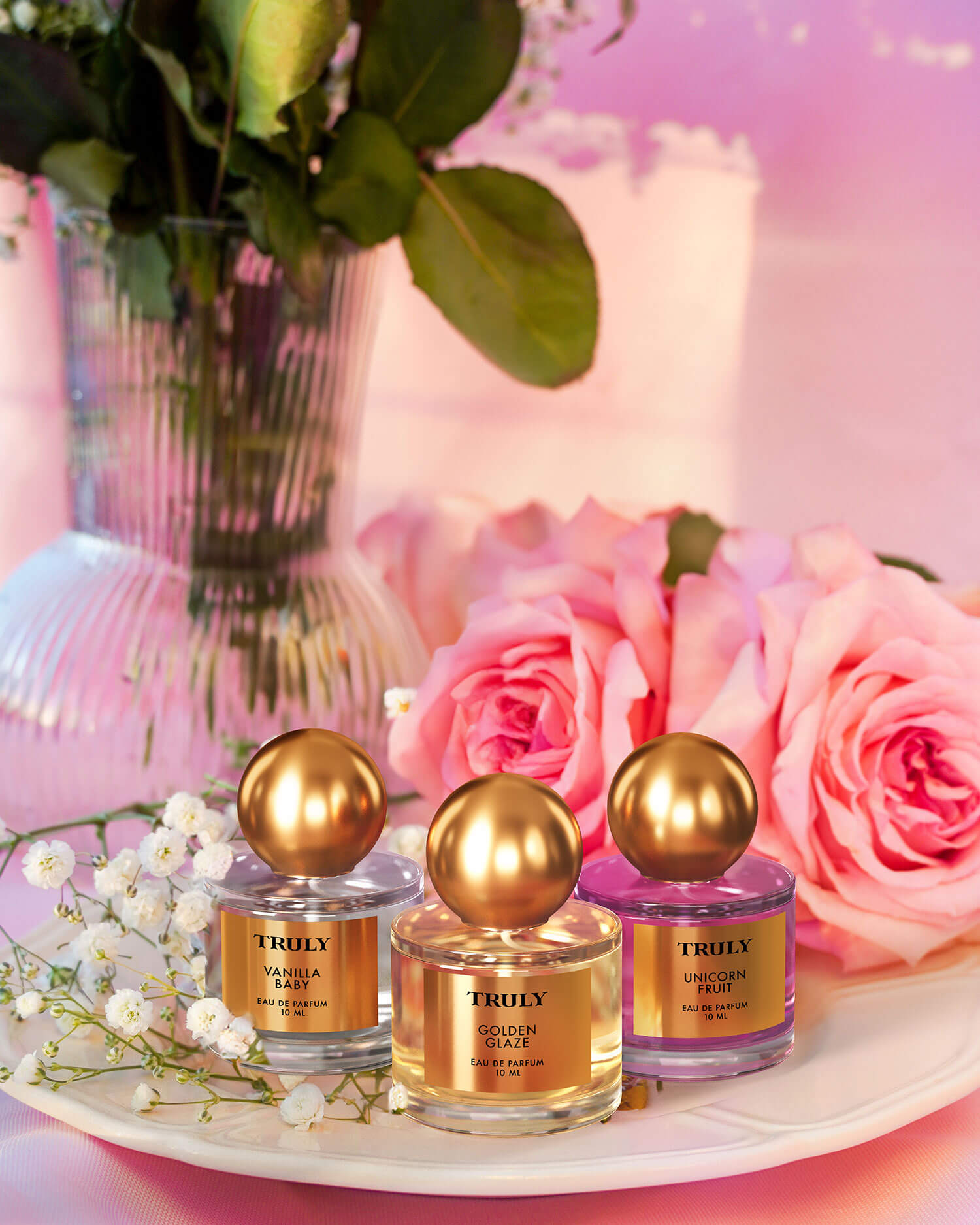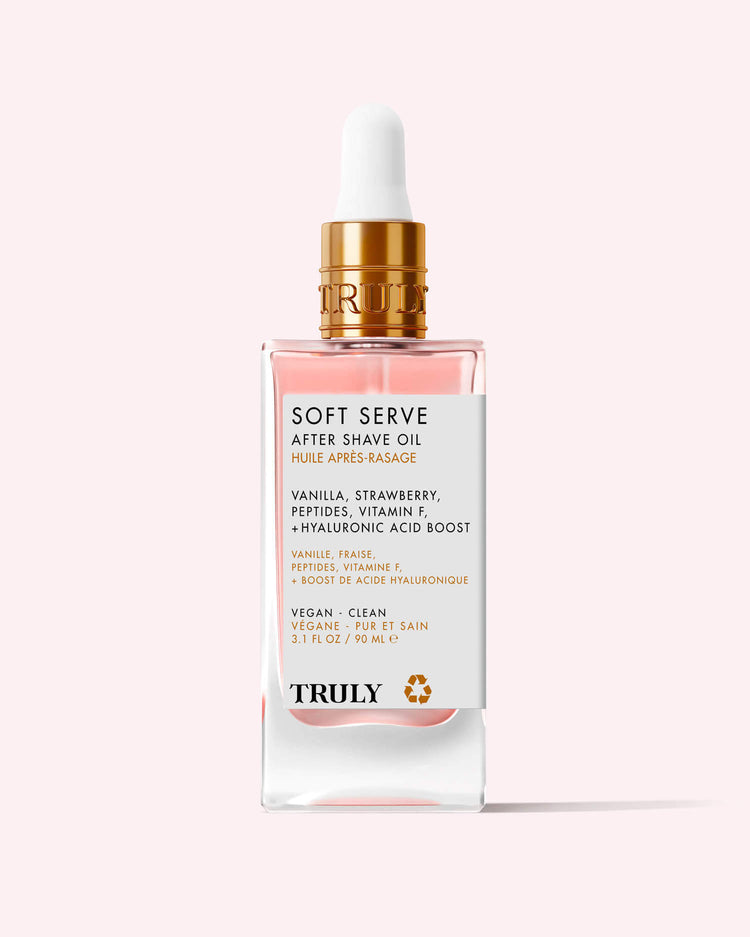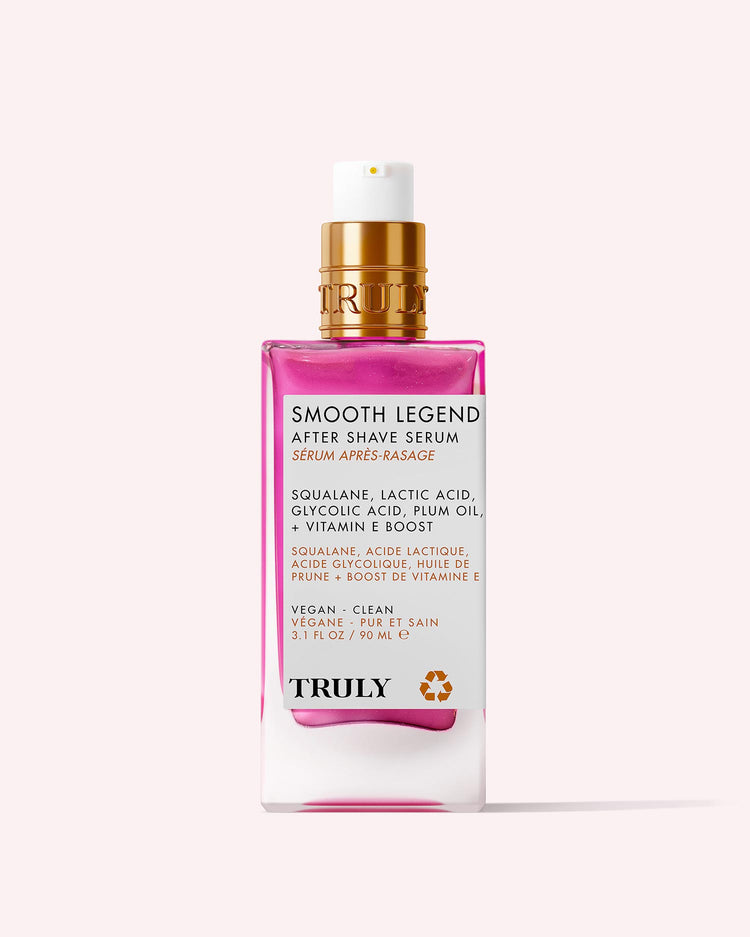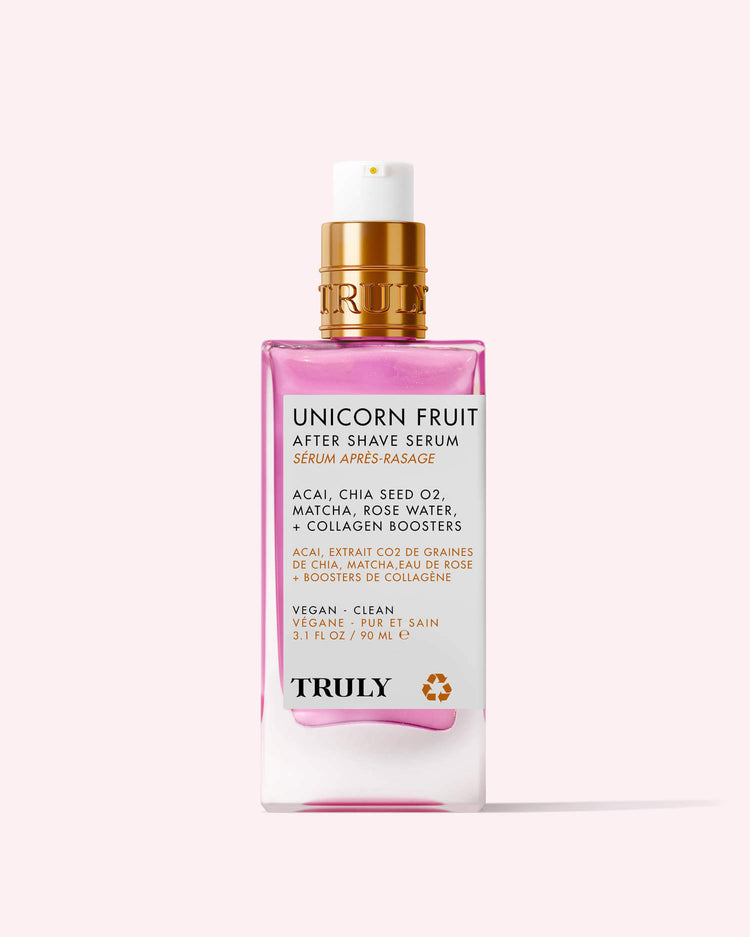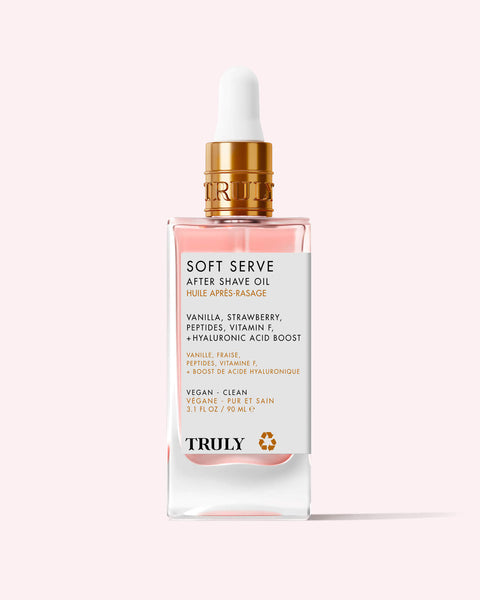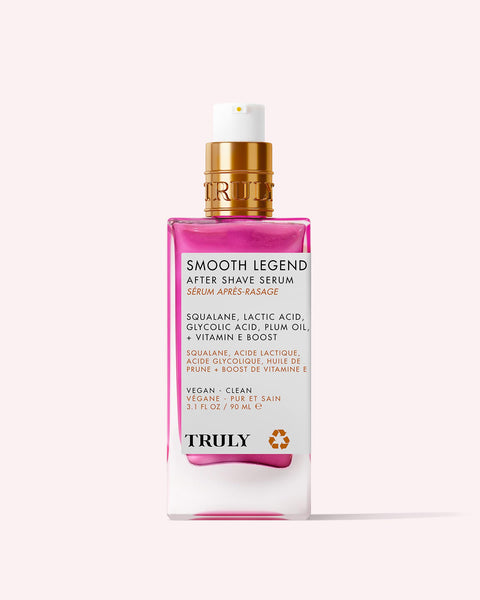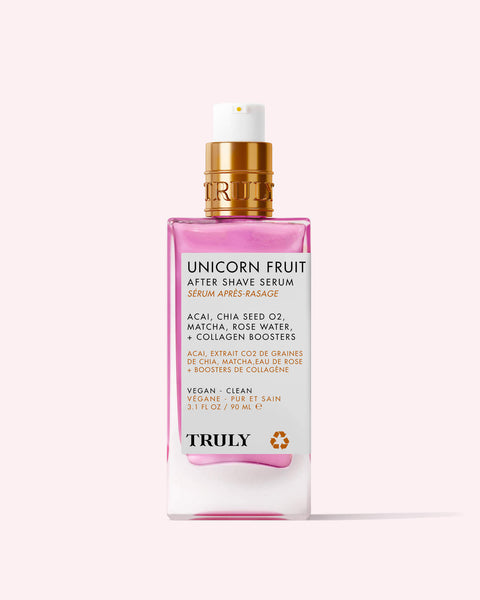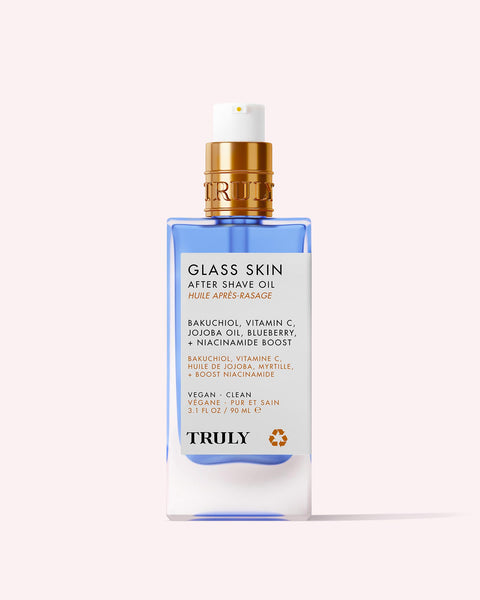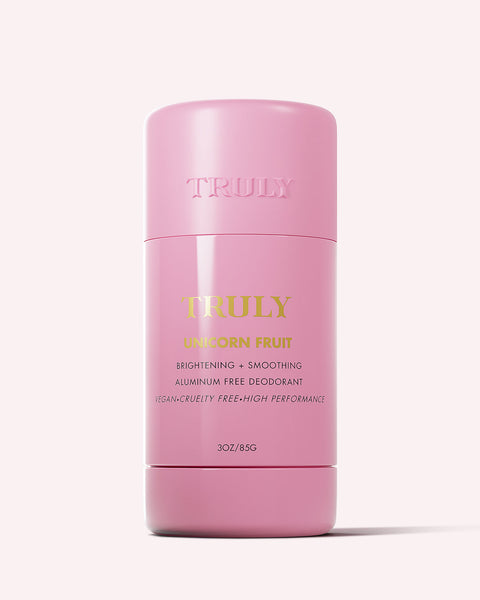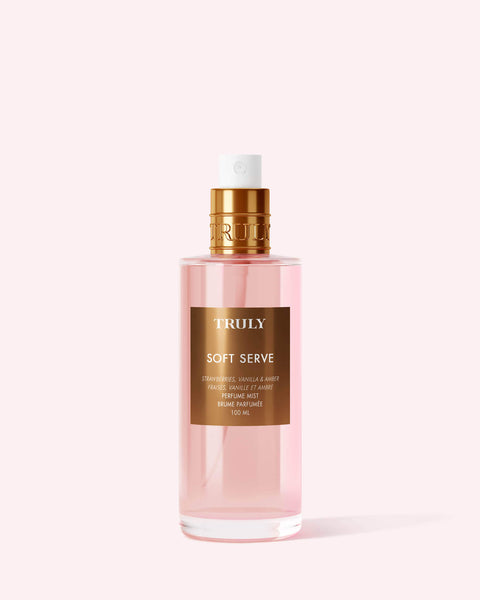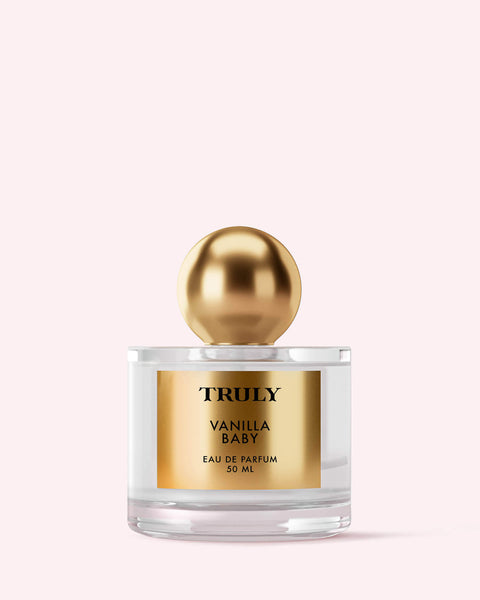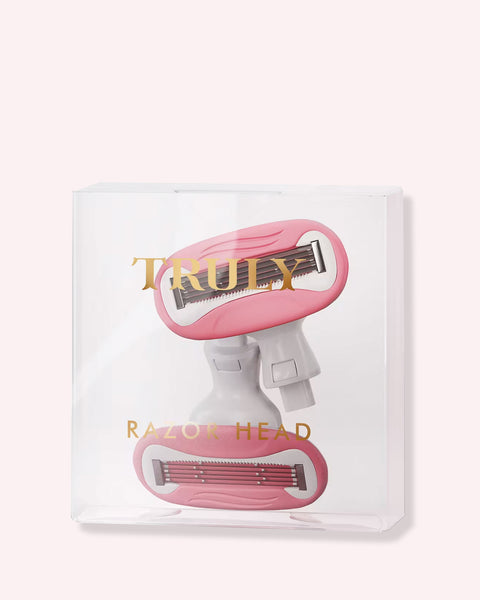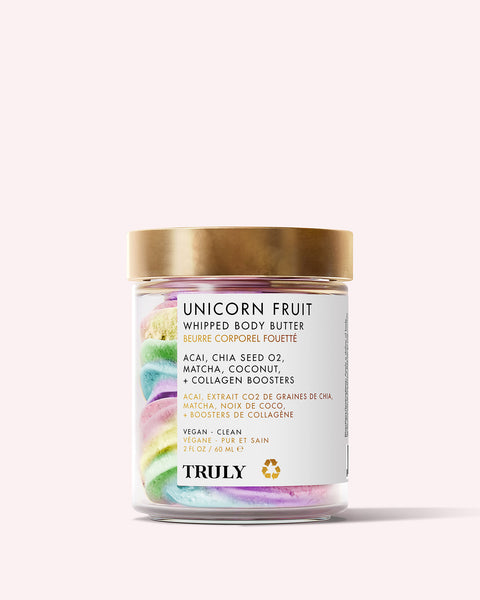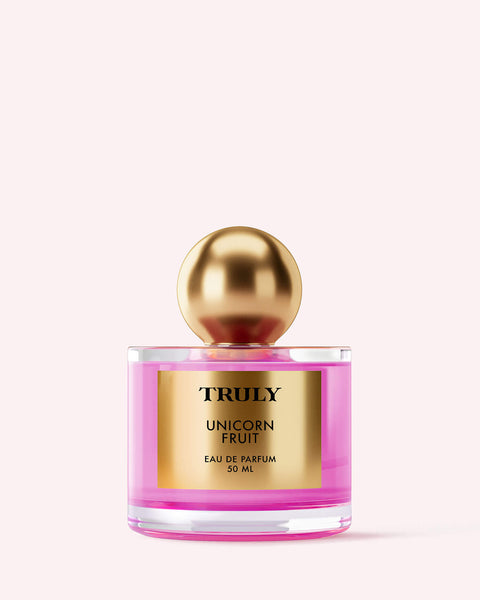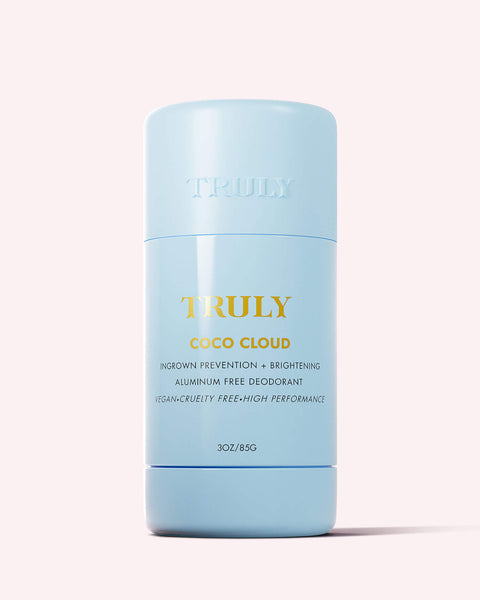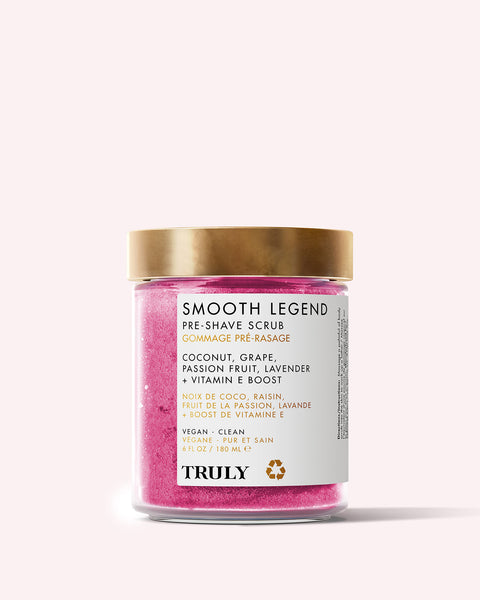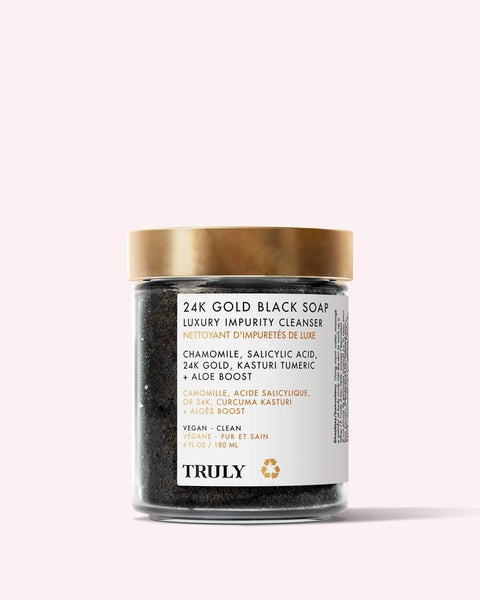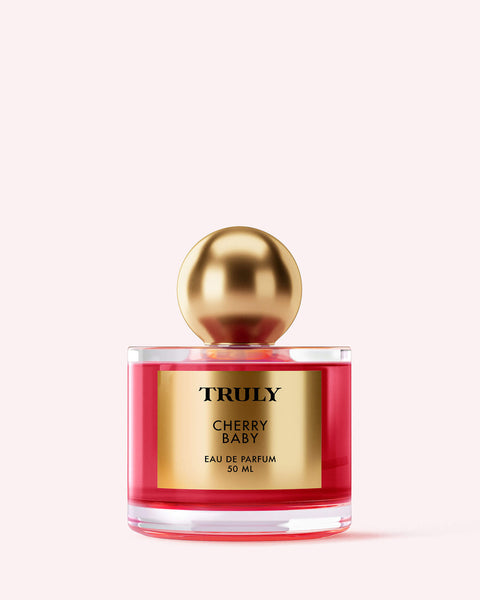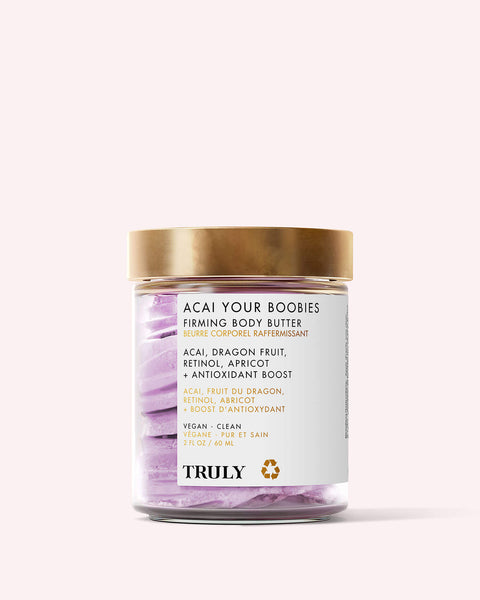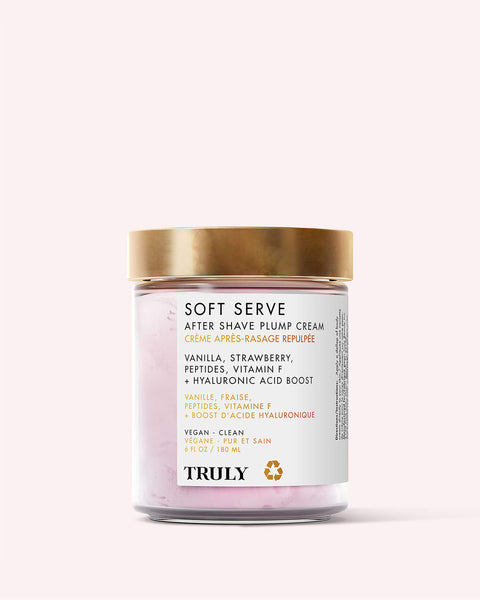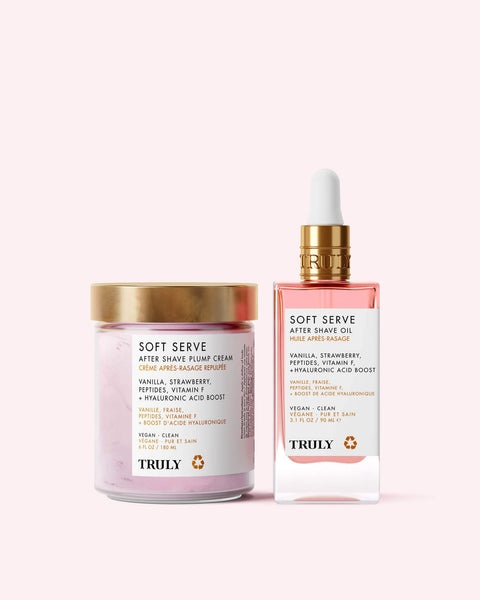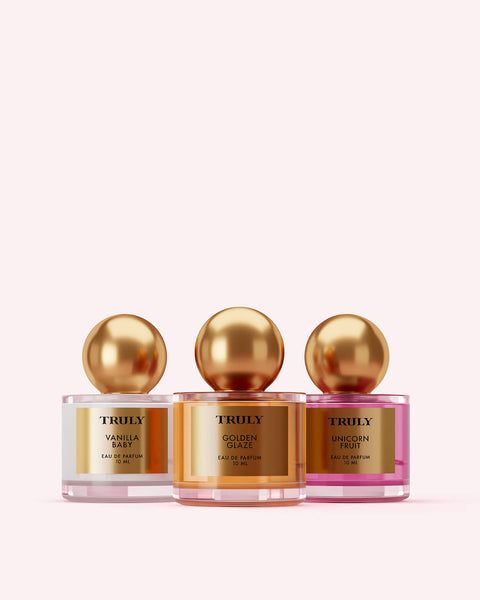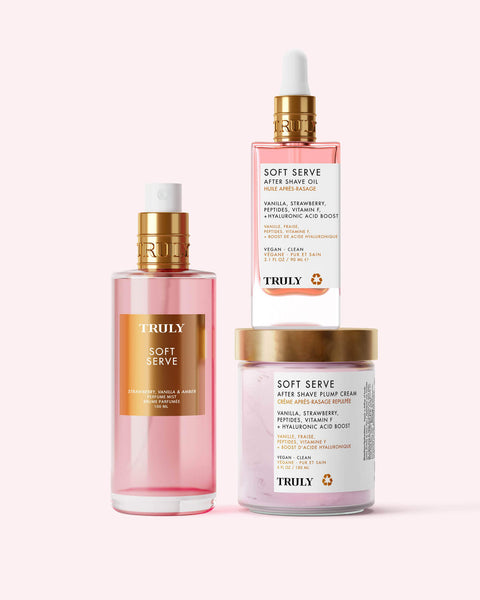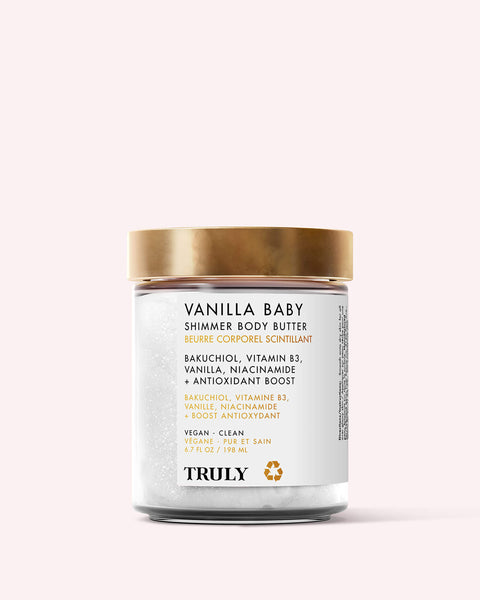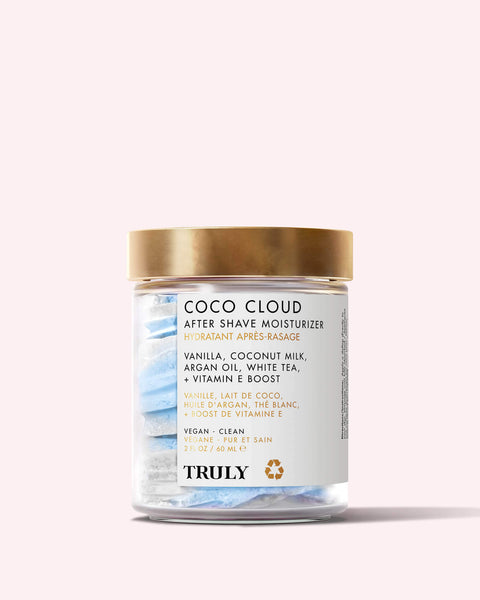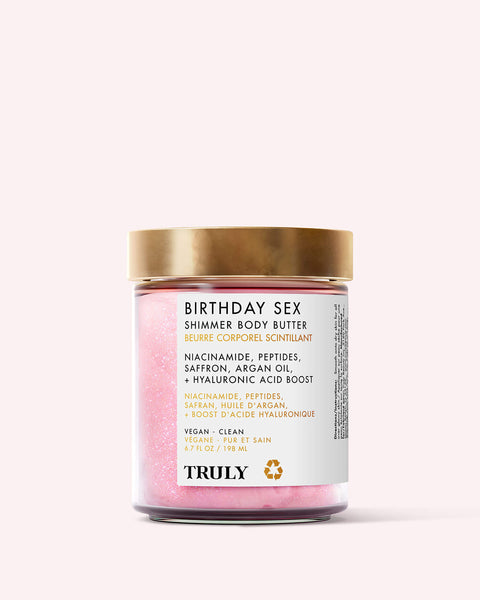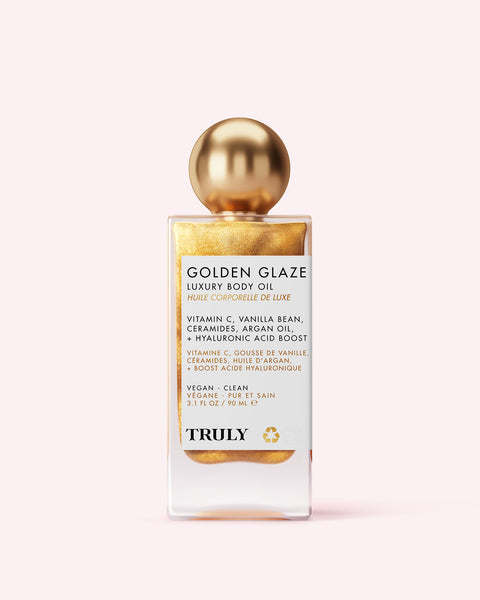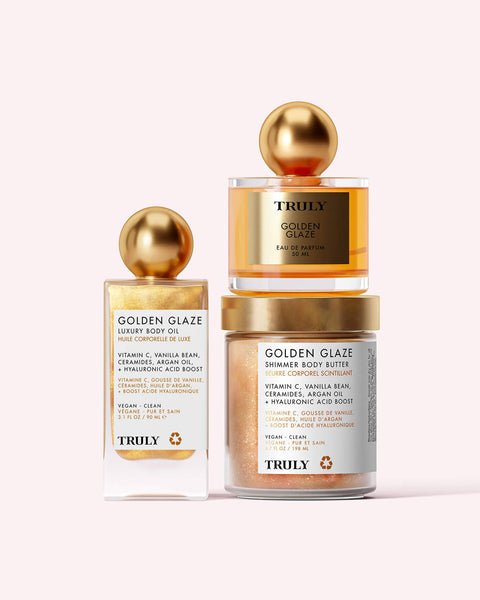Is Your Hairbrush Damaging Your Hair?
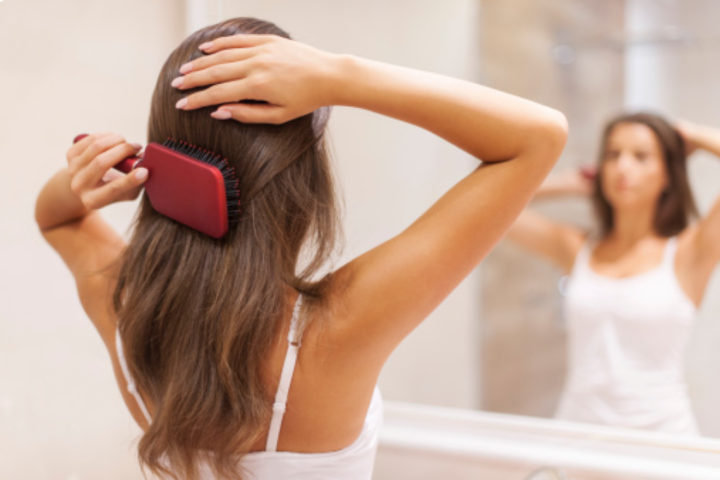
You use your hairbrush every day. It's a normal part of your daily beauty routine just like brushing your teeth or washing your face. Yet that simple daily habit could be the reason your hair's looking damaged and depleted.
Believe it or not, your hairbrush can cause breakage if it's old or of poor quality. That's why it's important to replace it often and make sure you invest in a good brush in the first place.
Here's everything you need to know about hairbrushes, and how to take better care of your strands for strong, smooth, silky soft hair.
Signs Your Hair Brush is Messing with Your Mane
Wondering whether you've got the right hair brush for your hair type? Or if it's simply too old and needs to be replaced? Here are some signs you need a new brush.
You're Seeing Breakage
Hair breakage can happen for a number of reasons -- from excessive heat styling to bleaching and chemical treatments. But your brush might also be to blame for splits and snagging. If your hair looks thinner at the ends than normal, or you're visibly seeing breakage, there's a high chance your brush is the culprit.
Check the bristles to see if they're jagged. If so, that's probably why it's damaging your strands.
Different types of brushes can also be responsible. For example, detangling brushes with widely spaced bristles tend to be healthier for the hair than round brushes, paddle brushes, and boar bristle brushes which pull and tug at the tresses.
Your Hair Looks Greasy and Limp
"Dirty brushes can make clean hair look dirty, greasy, and weighed down," says Tsippora Shainhouse, M.D., board-certified dermatologist in Beverly Hills.
In addition to styling product residue, a dirty hair brush can become a breeding ground for a buildup of dust and dirt. If that isn't properly removed, it means that every time you brush your hair, you're actively transferring it back to your hair and scalp. Ick!
"The product debris can irritate the scalp, which can lead to redness, itch, and scale," says Shainhouse. "If you have dandruff, which is caused by a skin reaction to yeast, you can put the yeast right back onto your scalp and make your dandruff worse."
Your Blowout Looks Blah
If the brush you're using to blow dry your hair is either dirty or old, using it for style and volume won't work very well. If you notice your blowout never looks as good as your hairstylist's does, it might be time to question your hair brush's abilities.
Your Brush is Missing Bristles
According to hair expert Ghanima Abdullah, "The most obvious sign is when your brush is missing bristles or spokes, or when it’s too dirty to get clean." She adds that, "Missing bristles or prongs in a brush means it won't work like it's designed to."
Why Do You Need to Replace a Brush?
For the sake of healthy hair growth and effective hairstyling, it's important to replace your brush if you've had it a while or it's no longer giving you good results. Whether you've got fine hair, curly hair, thick hair, or long hair, all hair types and lengths need a good quality brush to keep their mane strong and shiny.
We recommend switching your brush for a wide-tooth comb. These tools are great for detangling wet hair without causing breakouts. The pros highly recommend them for optimizing your hair health.
How to Clean a Hairbrush Properly
To effective clean your hairbrush, start by pulling the hair out of your brush, then rinsing the brush with warm water and a few drops of cleanser or shampoo. Shake it several times, and leave it to dry. Plastic brushes can be left in a bowl of warm water for up to 20 minutes for a deep soak. You can use a toothbrush to dislodge any bits of dried product on your brush.
How Long Does a Hairbrush Last?
Just like your skincare and hair products, your brush has an expiry date. Maybe it's not written down, but the signs are there and it's important to update it every now and then.
"I suggest replacing your hairbrush every six to 12 months, especially if it’s a plastic or rubber hair brush," says hairstylist Dawn Clemens. "Similarly, if you own a boar bristle hair brush, it should be replaced every six months."
Generally speaking, how long your hairbrush lasts depends on the quality of your brush, how often you use it, the hair care products you apply, and the type and texture of your hair. Look for the signs mentioned above to see if it's time to get a new brush.
What Else Can You Do to Keep Hair Healthy?
Dry hair? Frizz? Or split ends? First things first, invest in quality hairbrush. Ask your stylist for their best hair brush recommendation so you can choose wisely and give your hair the best possible care. A good brush can make all the difference to your hair health, from evenly distributing conditioner, hair masks, and natural oils to detangling without snagging and breakage.

Once you've got your new brush, invest in a handful of hair care products. If you're dealing with hair loss, try Truly's Super Flower Shampoo + Conditioner Set to stimulate healthy hair regrowth. To boost strength in damaged strands, try our Super Fruit Repair & Restore Shampoo + Conditioner Kit.

Always end your hair washing session with a generous layer of hydrating hair mask to restore strength and shine while preventing damage. One of our favorites is Truly's Unicorn Hair Repair Mask, which repairs and moisturizes stressed-out strands.

If your hair is weak and fragile, finish with a leave-in conditioning treatment like Truly's Coco Rose Milk Hair Mask, which hydrates, repairs, and restores strands while leaving them smelling like coconut.

Is your hairbrush not working the way it used to? Whether it's leaving your hair broken, greasy, or limp, the easiest solution is to simply buy a new brush. And in the future, be sure to wash your brush regularly to keep it functioning its best.
